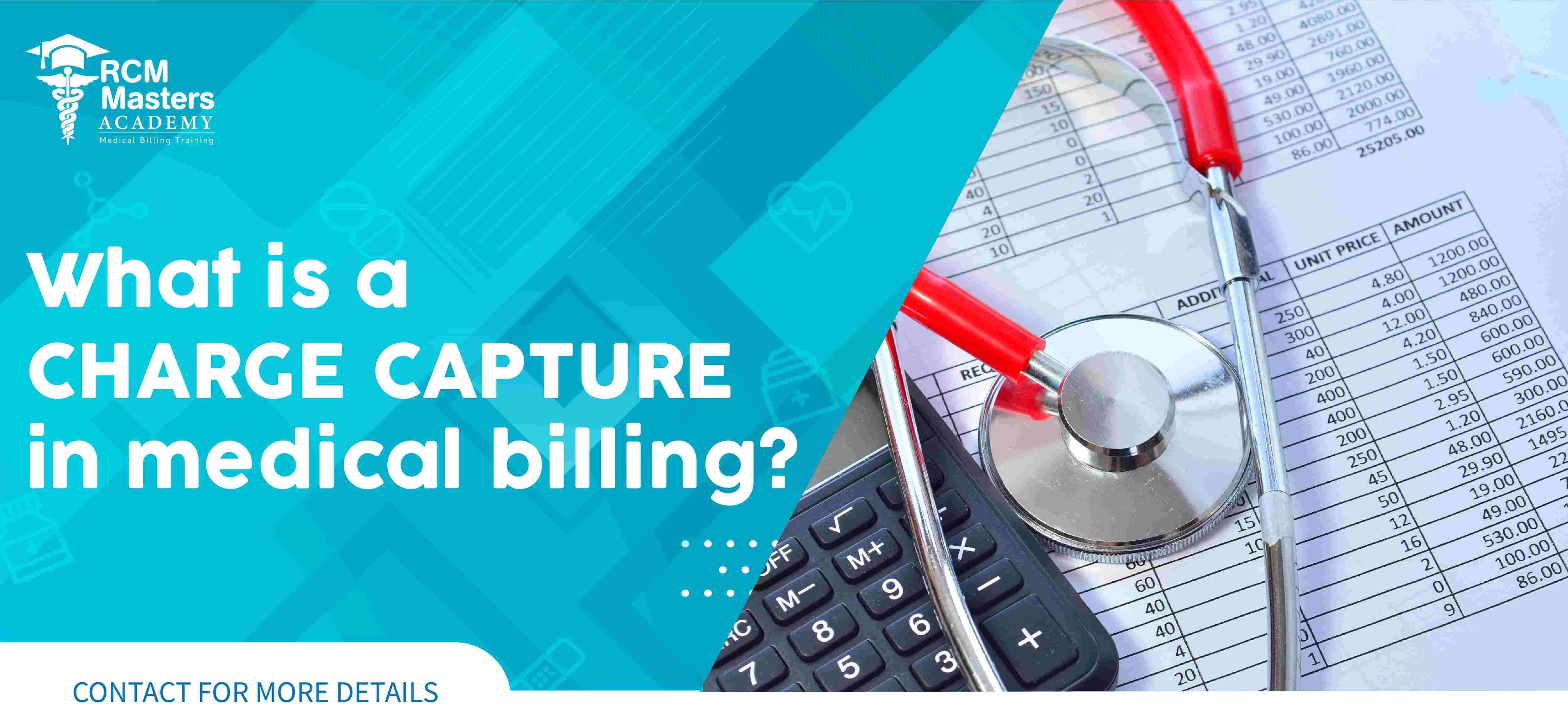 info@rcmmastersacademy.com
info@rcmmastersacademy.com

Charge capture is a crucial component of medical billing that involves the identification and recording of all the services provided to a patient during their visit to a healthcare facility. The process ensures that all the services rendered are properly recorded, coded, and billed to the patient's insurance provider or the patient directly.
The charge capture process begins with the healthcare provider documenting all the services they provide to the patient. This can include procedures, tests, consultations, and other medical services. The information is then recorded in the patient's medical record, which is used to create a charge sheet or a superbill.
The charge sheet is a document that lists all the services provided to the patient, along with the corresponding codes that are used to bill the insurance company or the patient. The codes used in medical billing are standardized, and they are used to describe the services provided by the healthcare provider.
Once the charge sheet is created, it is reviewed by a medical coder who ensures that all the codes used are accurate and appropriate for the services provided. The coder also verifies that all the services provided are covered by the patient's insurance plan.
After the charge sheet has been reviewed and approved, it is then submitted to the billing department for processing. The billing department then creates a claim based on the information provided in the charge sheet and submits it to the patient's insurance provider or the patient directly.
Proper charge capture is essential for healthcare providers to receive timely and accurate reimbursement for the services they provide. Failure to capture charges can result in lost revenue and can also lead to compliance issues. Inaccurate billing can also result in denials and delayed payments, which can negatively impact a healthcare provider's financial health.
In addition to ensuring accurate billing, charge capture also helps healthcare providers to track their services and identify areas where they can improve their processes. By tracking the services, providers can identify trends and make changes to their processes to improve patient outcomes and increase efficiency.
Charge capture is especially important in a value-based care environment, where healthcare providers are reimbursed based on the quality of care they provide rather than the quantity of services they render. In this model, accurate charge capture can help providers to track their performance and identify areas where they can improve the quality of care they provide.
In conclusion, charge capture is an essential component of medical billing that ensures accurate and timely reimbursement for healthcare providers. It involves the identification and recording of all the services provided to a patient, which are then coded and billed to the patient's insurance provider or the patient directly. Proper charge capture is essential for healthcare providers to maintain their financial health and comply with regulations, and it can also help them to track their services and identify areas where they can improve their processes.
You can enroll for our Online Medical Billing Training here: